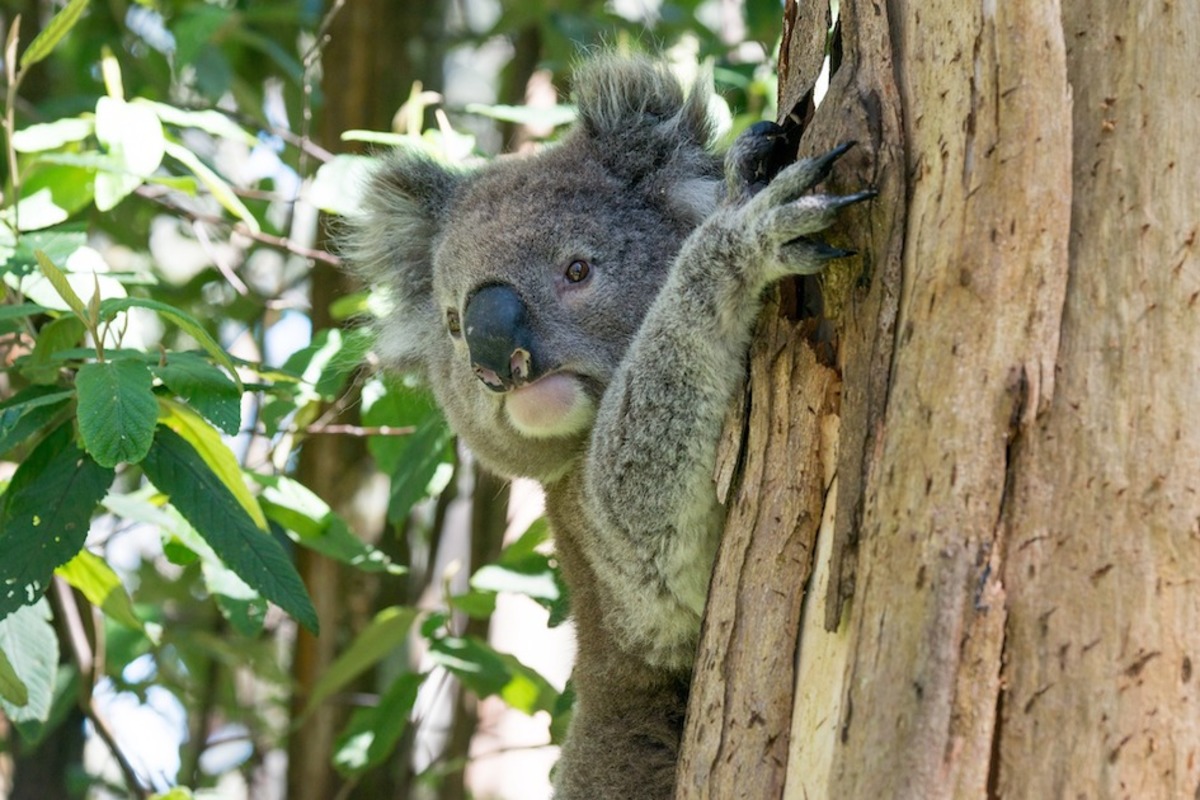Facial recognition drones to help save koalas
Staff Reporters
30 September 2021, 8:53 PM

Drones and facial recognition technology have moved from science-fiction to part of modern life and now the technology is being harnessed to help save Australia’s koalas.
Flinders University, in partnership with conservation charity Koala Life and the state government, is developing non-invasive koala monitoring techniques using drones and facial recognition technology to count, identify and re-identify koalas.
Minister for Environment and Water David Speirs says this cutting-edge technology will be used as part of a study on koalas at Kangaroo Island and the Adelaide Mount Lofty Ranges to get a better understanding of their numbers and their movements.
“Traditionally, monitoring koala populations has involved capturing and individually marking koalas, a process that is both labour-intensive and poses potential welfare issues,” Minister Speirs says.
“It is very important for us to develop non-invasive techniques to help monitor animals in a safe way, and facial recognition through drone monitoring is utilising the latest technology to achieve this.
“The ability to recognise individual members of a species in the wild will help to grow an understanding of individual movements as well as population estimates, and this understanding will allow the development of meaningful management strategies.
Flinders University researcher Dr Diane Colombelli-Négrel says koala behaviour and physiology will also be monitored during the research to test the impact of the drones and assess whether the koalas show any signs of stress.
“Through this research, we’ll be able to determine if this method really is low impact on koalas and whether it is suitable to use over the long-term into the future.
“Koalas are declining in parts of Australia. And while in South Australia numbers are pretty good, the recent fires have reduced the numbers dramatically.
“We need to ensure that we are aware of the new numbers and how they are recovering post fires, so we can then work towards reducing impacts that affect their survival.”
Dr Colombelli-Négrel hopes to share her results with other researchers to encourage greater application of artificial intelligence to identify animals in the wild.
Image by Rebecca Tregear from Pixabay